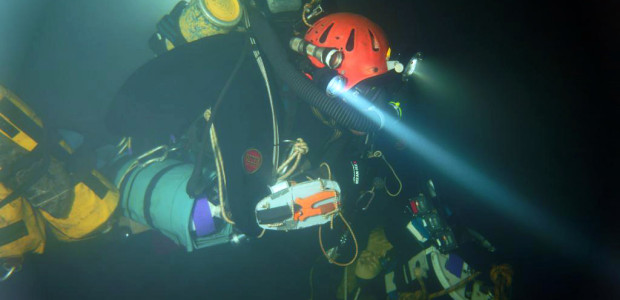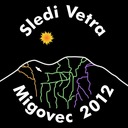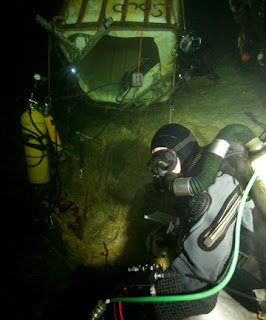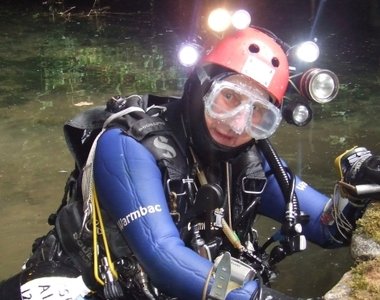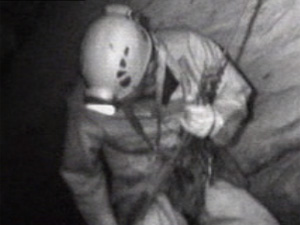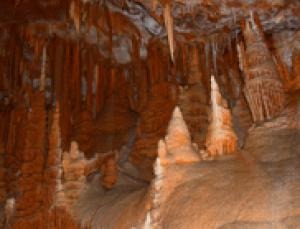A new world record for the oldest human ever to take part in a cave dive may have been set at Wookey Hole Caves.
John Buxton from Bedford marked his 80th birthday with a cave dive, swimming 2,000 metres underground and underwater.
He managed to reach more than 20 of the underwater chambers in the Wookey Hole Cave system.
John Buxton, who has been cave diving since 1953 is believed to be the oldest man ever to cave dive, though he said very firmly that he wasn't making any claim of this kind.
Fellow cave diver Martin Grass said: "I've spoken to people all over the world, and while there have been plenty of people open water diving into their 80s, nobody has ever heard of an octogenarian cave diver.
Mr Buxton said: "I would have liked to have reached the 22nd chamber, but I had an air leak on my jacket and had to turn back.
"The leak, in a buoyancy waistcoat made it difficult to move about underwater."
There are three chambers with air in them, and 22 chambers in total.
"I've just always liked doing it," said Mr Buxton.
"I was a caver first, and would come across these cave passages made by water and forming puddles, which are called sumps, and said that it was a shame that you couldn't explore them.
"When someone pointed out the rope leading into the water and said that people were already doing it, so it sounded like a good idea to me."
In the early days of cave diving, divers used diving suits and after the Second World War would use the re-breathers used by submariners to escape from crippled submarines.
Later Mr Buxton moved to using air tanks underwater.
For his effort in Wookey Hole Caves he used two 12-litre cylinders weighing more than 50 lbs.
Mr Buxton, who has also cave dived in the Bahamas, Florida and Mexico has no intention of hanging up his air tanks.
Source: This is Somerset

